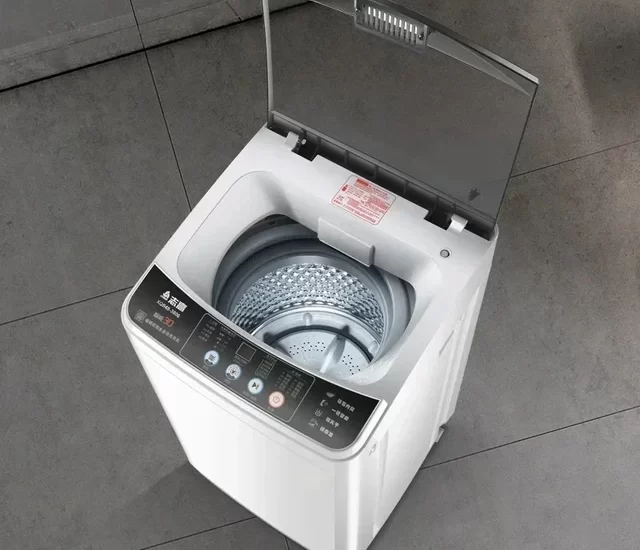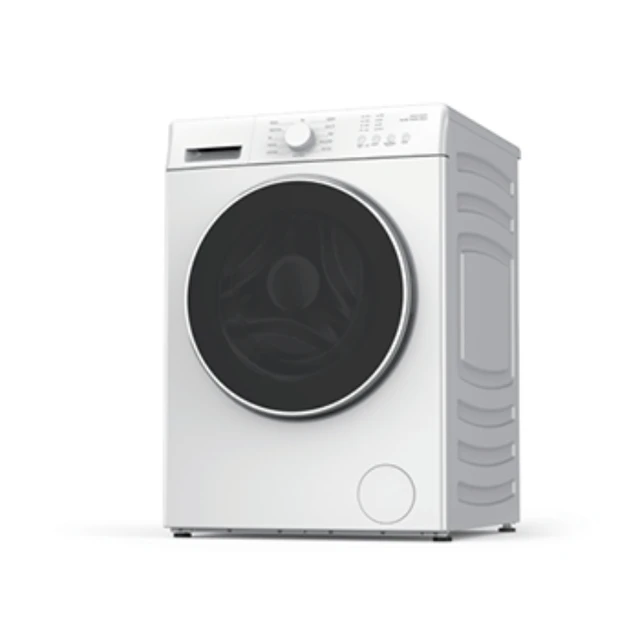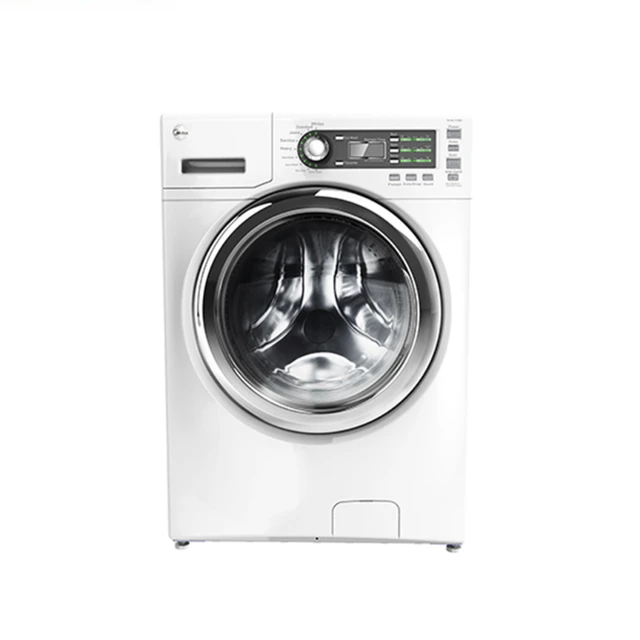 Introduction of install washing machine:
Introduction of install washing machine:
Install a washing machine in your home is a relatively straightforward process that can be done with a few simple steps. This guide will provide you with a step-by-step approach, ensuring a successful installation. By following these instructions carefully, you can have your washing machine up and running in no time, making laundry a breeze.
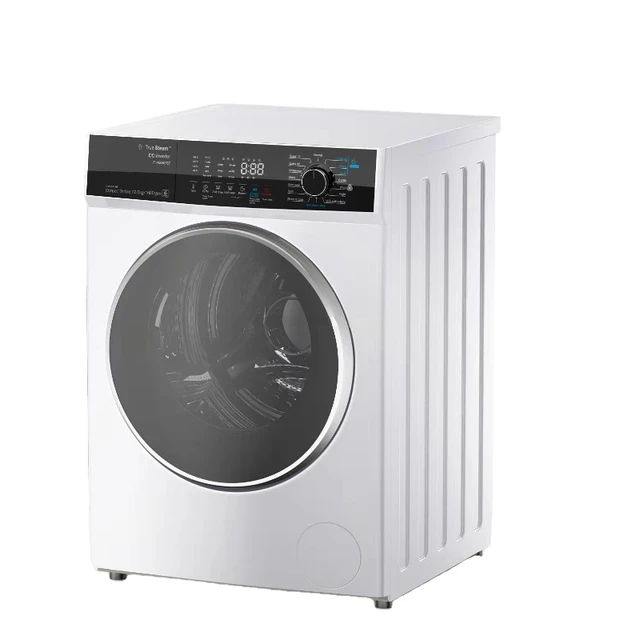 Preparing for Installation
Preparing for Installation
Gathering the Required Materials: Ensure you have all the necessary materials, including the washing machine, hoses, electrical cord, level, wrench, and any additional tools recommended by the manufacturer.
Choosing a Suitable Location: Select a location near a water supply, drainage area, and electrical outlet. Consider factors such as stability, accessibility, and proximity to the laundry area.
Connecting the Water Supply
Shutting Off the Water: Locate the water valves and turn them off to prevent any water leakage during installation.
Connecting the Hoses: Attach the hot and cold water hoses to the corresponding valves at the back of the washing machine. Ensure they are tightly secured.
Setting Up the Drainage System
Positioning the Drain Hose: Place the drain hose into the standpipe or a designated drainage outlet, ensuring it is secure and not kinked.
IV. Electrical Connection
Checking Voltage Requirements: Verify the voltage and electrical requirements specified by the manufacturer. Ensure your electrical outlet meets these specifications and is grounded.
Plugging In the Machine: Insert the washing machine’s electrical plug into the appropriate outlet, avoiding the use of extension cords whenever possible.
 Leveling the Machine
Leveling the Machine
Using a Level: Position a level on top of the washing machine to check its balance. Adjust the feet accordingly until the machine is level from all sides.
Securing the Machine
Securing the Machine in Place: Lock the locking nuts or bolts on each of the machine’s feet to stabilize it and prevent excessive movement during operation.
Testing and Troubleshooting
Running a Test Cycle: Before loading your first batch of laundry, run a test cycle to ensure the machine operates smoothly and without any leaks or excessive vibrations.
Troubleshooting Common Issues: Familiarize yourself with common troubleshooting techniques, such as checking water and electrical connections, drainage, and door seals.
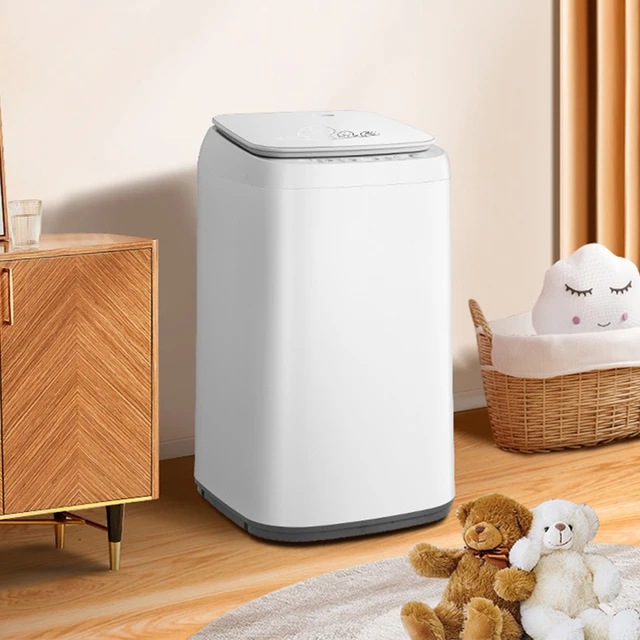 Several precautions to keep in mind:
Several precautions to keep in mind:
When installing a washing machine, there are several precautions to keep in mind:
Read the manufacturer’s instructions:
Before beginning the installation process, thoroughly read the manufacturer’s instructions provided with the washing machine. This will provide important guidelines specific to your machine model.
Location:
Choose a suitable location for the washing machine installation. Ensure that the surface is level, sturdy, and capable of supporting the weight of the machine. Leave enough space around the machine for proper ventilation and easy access to water supply and drainage connections.
Water connections:
Connect the washing machine to the water supply using the appropriate hoses. Carefully follow the instructions to correctly identify and connect the hot and cold water connections. Use thread seal tape or similar materials to securely attach the hoses, ensuring there are no leaks.
Drainage:
Proper drainage is crucial for the washing machine to function correctly. Connect the machine’s drain hose to a standpipe, utility sink, or a dedicated drainage system. Ensure the hose is securely in place and not kinked or blocked to allow for efficient water drainage.
Electrical connections:
Follow the provided instructions for connecting the washing machine to a properly grounded electrical outlet. Make sure the outlet can handle the machine’s power requirements and is compatible with the machine’s plug. Consider using a surge protector for additional safety.
Leveling:
Use a level to ensure that the washing machine is properly leveled. Adjust the machine’s feet or use shims as needed to achieve a level position. This is important for the machine’s stability and efficient operation, as well as to prevent excessive vibrations.
Test run and check for leaks:
After the installation is complete, run a test cycle to ensure everything is working properly. Monitor for any leaks around the water connections and drain hose. If you notice any leaks or other issues, address them promptly to avoid further damage.
It’s always a good idea to consult the manufacturer’s instructions and, if necessary, seek professional assistance when installing a washing machine. By following these precautions, you can ensure a successful installation and hassle-free operation of your washing machine.
The cost of installing a washing machine:
The cost of installing a washing machine can vary depending on several factors:
DIY vs. professional installation:
If you have the necessary skills and experience, you can choose to install the washing machine yourself, which would save money on installation costs. However, if you’re not confident in your abilities or if there are complex requirements, hiring a professional installer may be recommended, albeit at an additional cost.
Additional materials and accessories:
Depending on your specific installation needs, you may need to purchase additional materials or accessories. This can include hoses, connectors, drain pipes, electrical wiring, and other installation components. The cost of these items will vary based on factors such as quality, brand, and local pricing.
Plumbing and electrical work:
In some cases, installing a washing machine may require additional plumbing or electrical work. This could include adding or modifying water supply lines, drainage, or electrical outlets. If such work is necessary, it’s advisable to consult a professional plumber or electrician, which would involve their service fees.
Ancillary expenses:
Apart from the direct installation cost, there may be additional expenses to consider. For example, you may need to purchase a leveling tool, thread seal tape for the water connections, or a surge protector for the electrical outlet. These costs are typically minimal.
It’s difficult to provide an exact cost for installing a washing machine as it varies based on location, specific requirements, and individual circumstances. To determine a precise estimate, it’s recommended to consider the factors mentioned above, research local prices for materials and services, and potentially obtain quotes from professionals if necessary.
Some common types of washing machines:
Top-load washers: These are the most traditional and widely available washing machines. They have a vertical drum where clothes are loaded from the top. Top-load washers are generally more affordable and have shorter wash cycles compared to other types.
Front-load washers: Front-load washers have a horizontal drum that is loaded from the front. They typically use less water and energy compared to top-load washers. Front-load washers are known for their gentle yet effective cleaning performance and larger capacity.
High-efficiency top-load washers: These are a newer type of top-load washer that uses less water and energy compared to traditional top-loaders. High-efficiency top-load washers often have an impeller instead of an agitator, which gently moves clothes for a thorough clean.
Compact washers: Compact washers are designed for small spaces such as apartments or closets. They have a smaller capacity and are usually front-loading machines. Compact washers are energy-efficient and suitable for smaller laundry loads.
Washer-dryer combo: A washer-dryer combo is a single unit that combines both washing and drying functions. These machines are convenient for spaces with limited room for separate washer and dryer units. However, they may have smaller capacities and longer drying times compared to standalone dryers.
Portable washers: Portable washers are compact and lightweight, designed for travel or small living spaces. They often have a smaller capacity and can be manually operated or connected to a sink for water supply and drainage.
These are just a few examples of washing machine types. Each type has its own features, advantages, and limitations. When choosing a washing machine, consider factors such as capacity, energy efficiency, available space, and specific laundry needs to find the best fit for your requirements.
Conclusion
Installing a washing machine is a manageable task when approached systematically. By preparing adequately, connecting the water supply and drainage correctly, ensuring a safe electrical connection, leveling the machine, and testing it thoroughly, you can successfully install your washing machine. Follow the manufacturer’s instructions and take note of any specific guidelines unique to your machine. Enjoy the convenience and efficiency of having a reliable washing machine at home, simplifying your laundry routine.

